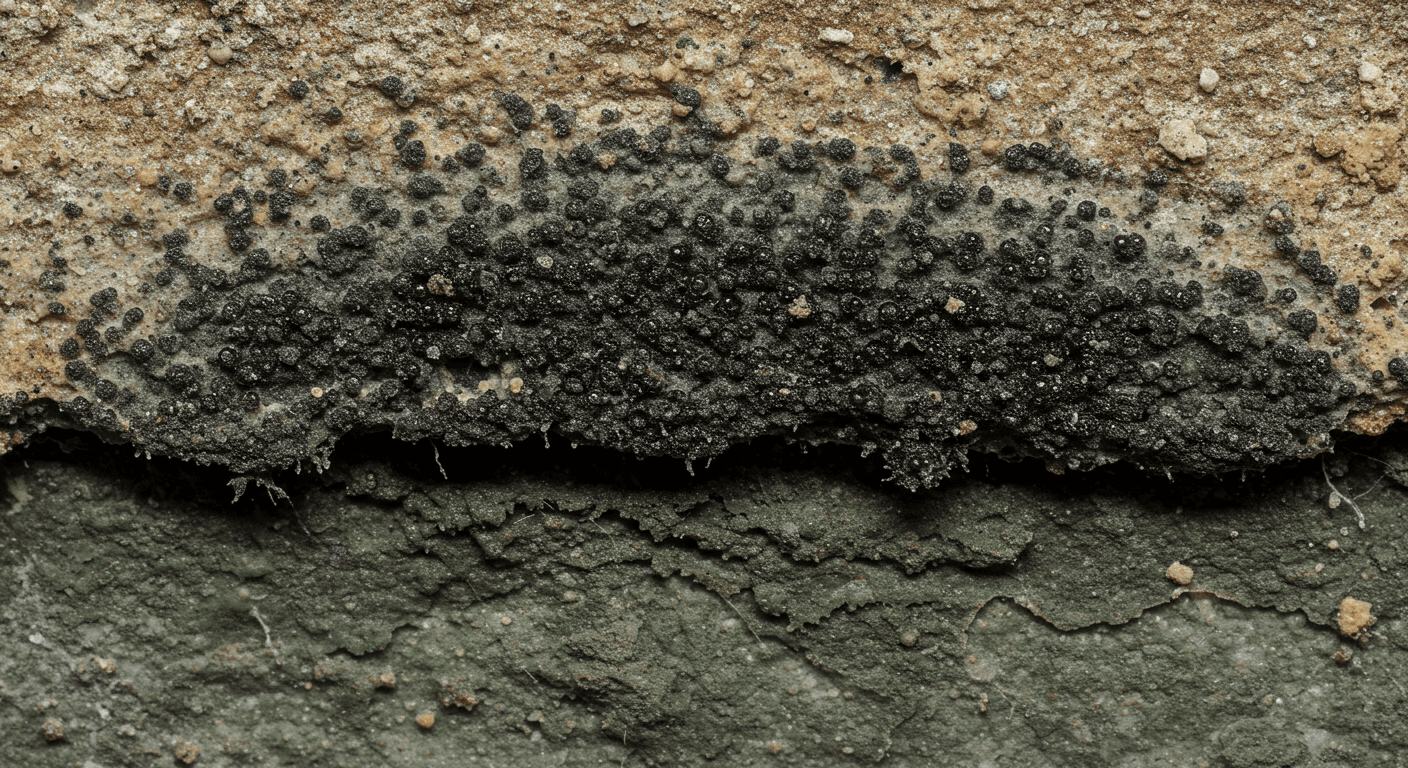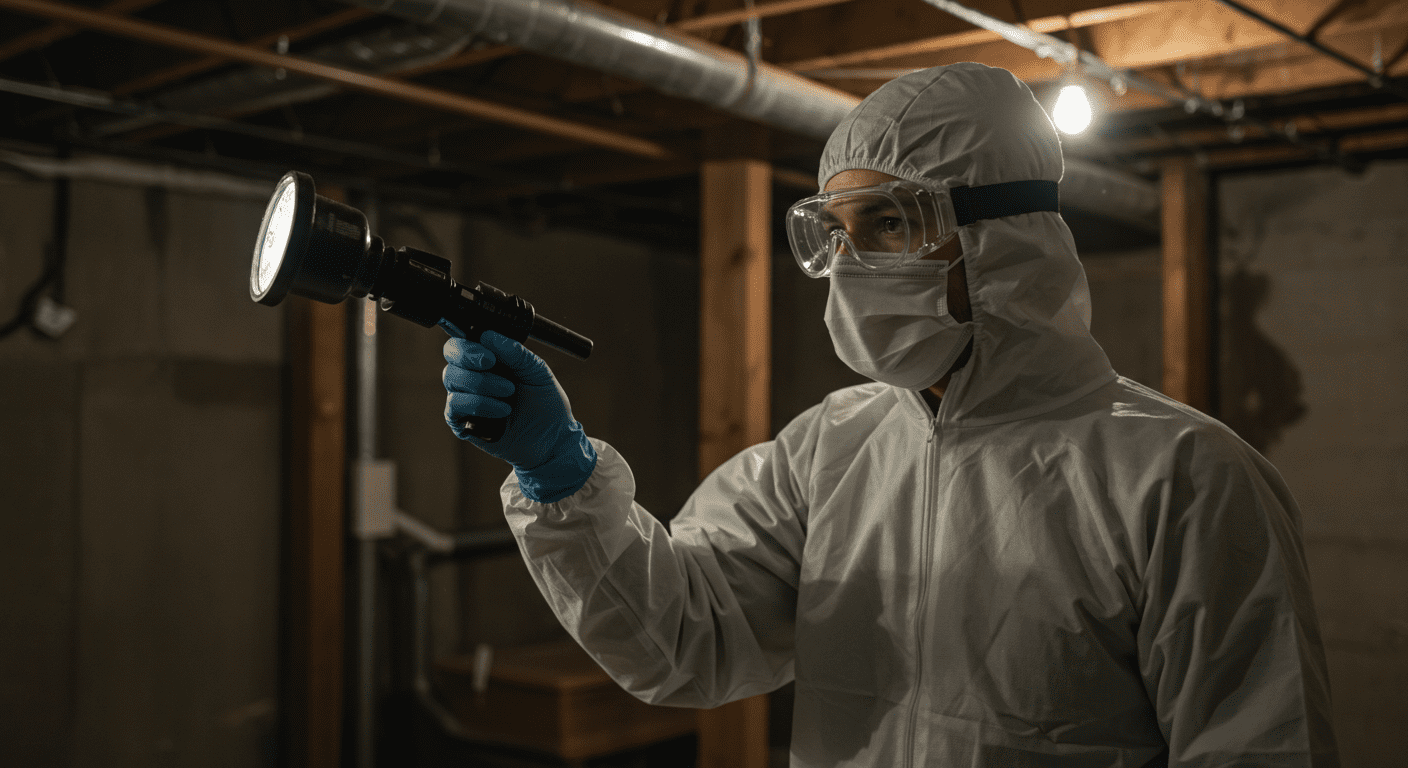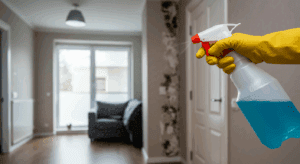Finding black mold in your basement can be alarming, especially in a humid climate like San Antonio, TX. Black mold not only damages your property but also poses significant health risks. This guide will help you understand, identify, remove, and prevent black mold in your basement to ensure a safe and healthy living environment.
Understanding Black Mold: What You Need to Know
Definition and Characteristics of Black Mold
Black mold, scientifically known as Stachybotrys chartarum, is a toxic mold species that thrives in damp, dark, and humid environments. It appears as dark green or black patches with a slimy texture and often emits a musty odor. Basements, being prone to moisture, are ideal breeding grounds for black mold.
Health Risks Associated with Black Mold Exposure
Exposure to black mold can lead to various health issues, including respiratory problems, skin irritation, and allergic reactions. Prolonged exposure may result in more severe conditions such as asthma, chronic sinus infections, and even neurological issues. Children, the elderly, and individuals with weakened immune systems are particularly vulnerable.
For more details on health risks and mold prevention, check out Understanding Water Damage and Black Mold: Health Risks, Prevention, and Remediation Strategies.
Identifying Black Mold in Your Basement
Signs of Black Mold Growth
Detecting black mold early can save you time and money. Look for the following signs:
- Dark green or black spots on walls, ceilings, or floors.
- A persistent musty smell in your basement.
- Peeling paint or wallpaper due to excessive moisture.
- Increased humidity levels or visible condensation on surfaces.
If you notice any of these signs, it’s crucial to act promptly to prevent further spread.
Common Causes of Mold in Basements in San Antonio
San Antonio’s humid climate contributes significantly to mold growth. Common causes include:
- Poor ventilation, trapping moisture in the basement.
- Leaky pipes or water seepage through foundation cracks.
- Flooding during heavy rains or plumbing issues.
- High humidity levels due to lack of dehumidifiers or air circulation.
For additional insights on mold warning signs, visit 11 Warning Signs of Mold in Your San Antonio Home: Don’t Ignore These Red Flags!.
Steps to Remove Black Mold Safely
DIY Mold Removal Techniques
If the mold infestation is small (less than 10 square feet), you can attempt DIY removal. Follow these steps:
- Wear protective gear, including gloves, goggles, and a mask.
- Ventilate the area by opening windows and using fans.
- Use a mixture of water and detergent or a commercial mold remover to scrub the affected areas.
- Dispose of contaminated materials like carpets or drywall that cannot be salvaged.
- Dry the area thoroughly to prevent regrowth.
When to Call a Professional Mold Remediation Service
For extensive mold infestations or if you’re unsure about handling toxic black mold, it’s best to hire professionals. Mold remediation experts have the tools and expertise to safely remove mold and address underlying moisture issues. In San Antonio, several reputable services specialize in mold removal and prevention.
Explore Expert Mold Remediation and Restoration Services in San Antonio, TX – Protect Your Home Today! for professional assistance.

Preventing Future Mold Growth in Your Basement
Tips for Moisture Control
Preventing mold growth requires proactive moisture management. Here are some tips:
- Install a dehumidifier to maintain humidity levels below 50%.
- Seal cracks in your foundation and walls to prevent water seepage.
- Ensure proper drainage around your home to divert rainwater away from the foundation.
- Regularly inspect and repair plumbing leaks or faulty appliances.
Recommended Materials and Practices for Mold Prevention
Using mold-resistant materials can significantly reduce the risk of mold growth. Consider:
- Mold-resistant drywall and paint for your basement walls.
- Waterproof flooring materials like vinyl or tiles.
- Installing vapor barriers to block moisture from the ground.
- Regularly cleaning and maintaining your basement to avoid dust and debris buildup.
For more mold prevention strategies, check out Effective Mold Removal Solutions for Clean Air in San Antonio, TX.
Conclusion
Black mold in your basement is a serious issue that requires immediate attention. By understanding the risks, identifying the signs, and taking appropriate action, you can protect your home and health. Whether you choose DIY methods or professional services, addressing the root cause of moisture is key to preventing future mold growth.
For expert guidance and services, visit Comprehensive Water Damage Restoration Process in San Antonio, TX: Your Guide to Quick Recovery. Don’t let black mold compromise your home’s safety—take action today!




